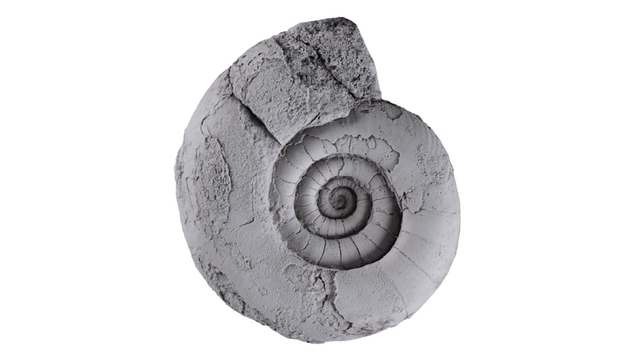#NewSpecies!
New ordovician coiled cephalopod from #germany just came in:
Trocholites vortex
Treatment: https://treatment.plazi.org/id/03AD87B1-DD3B-4252-311D-9EB4940BFDCF
Publication: https://doi.org/10.5852/ejt.2025.982.2843
#ejtaxonomy #TrocholitesVortex
#FAIRdata
#science #OA #openaccess #biology #taxonomy #ecology #biodiversity #nature #wildlife #conservation #animals #malacology #cephalopods #fossils #paleo #paleontology #ordovician




